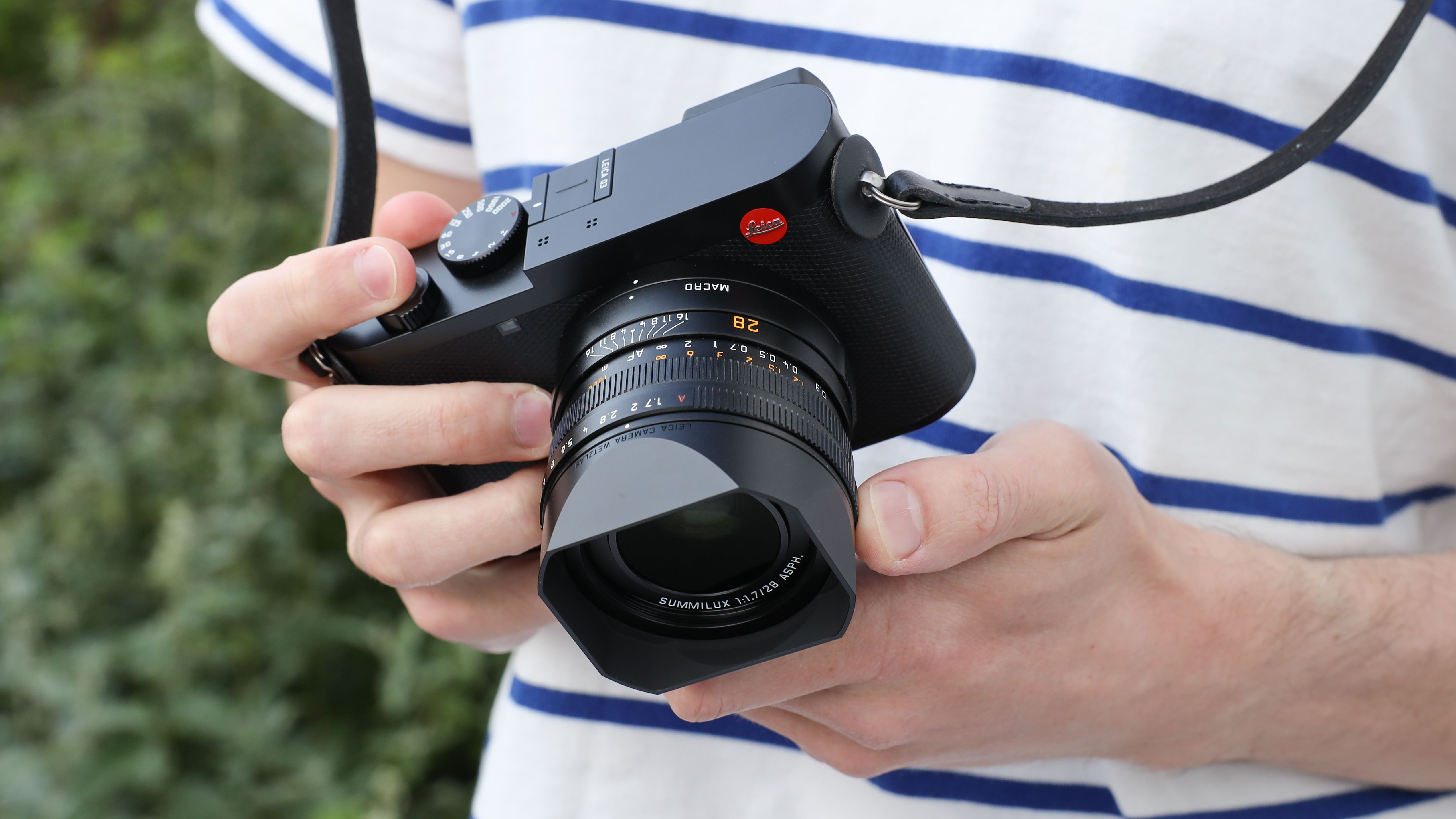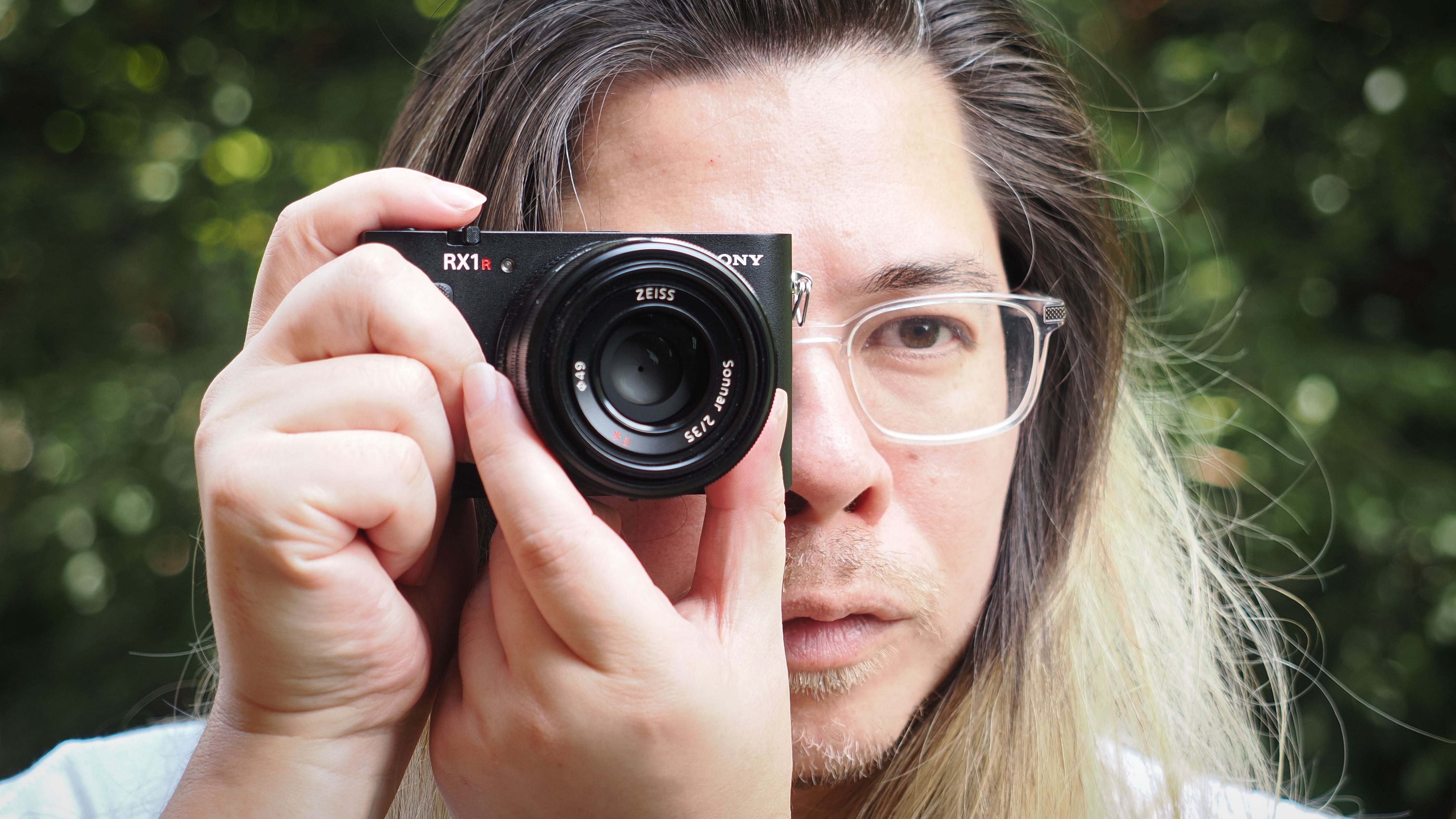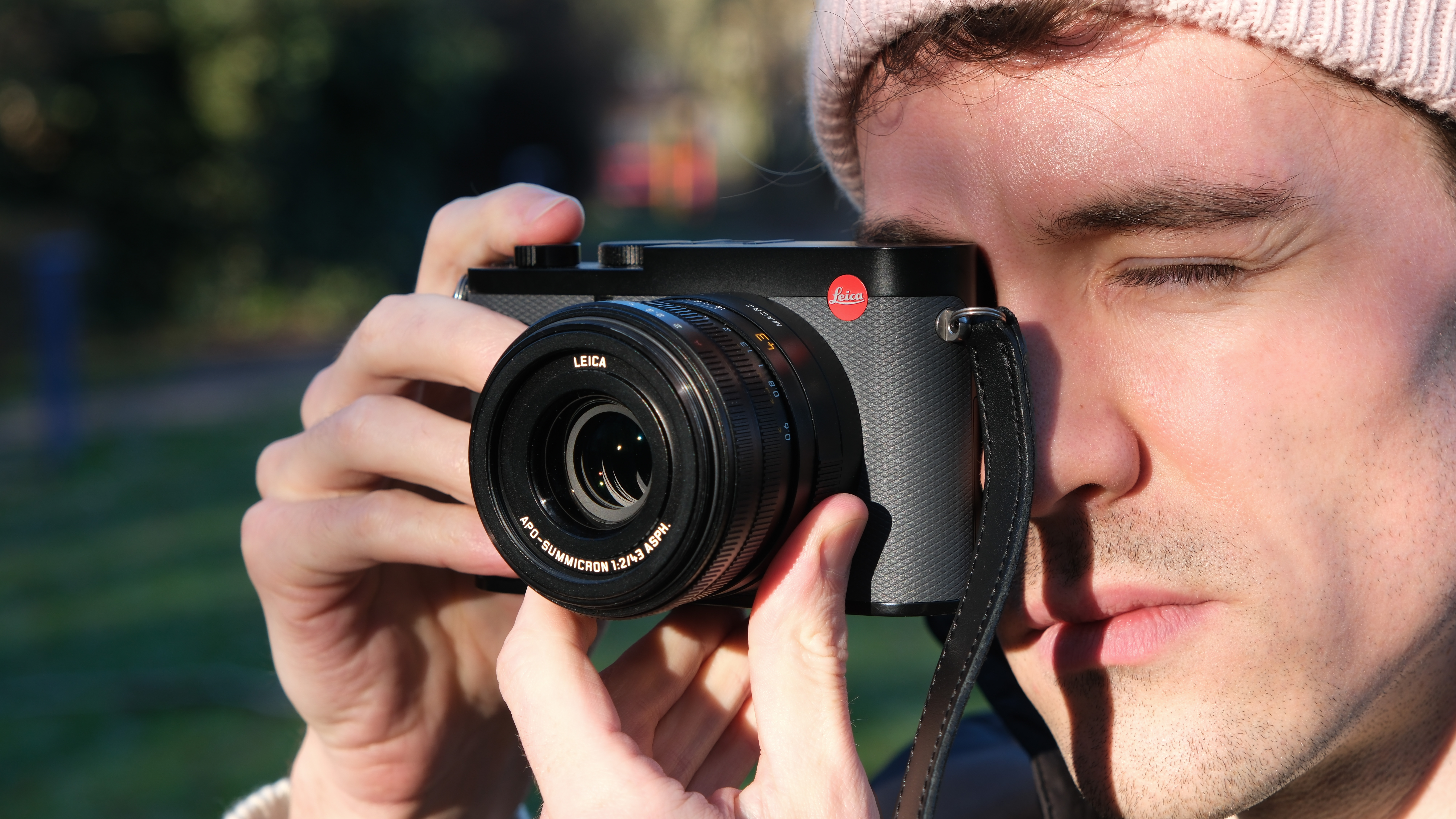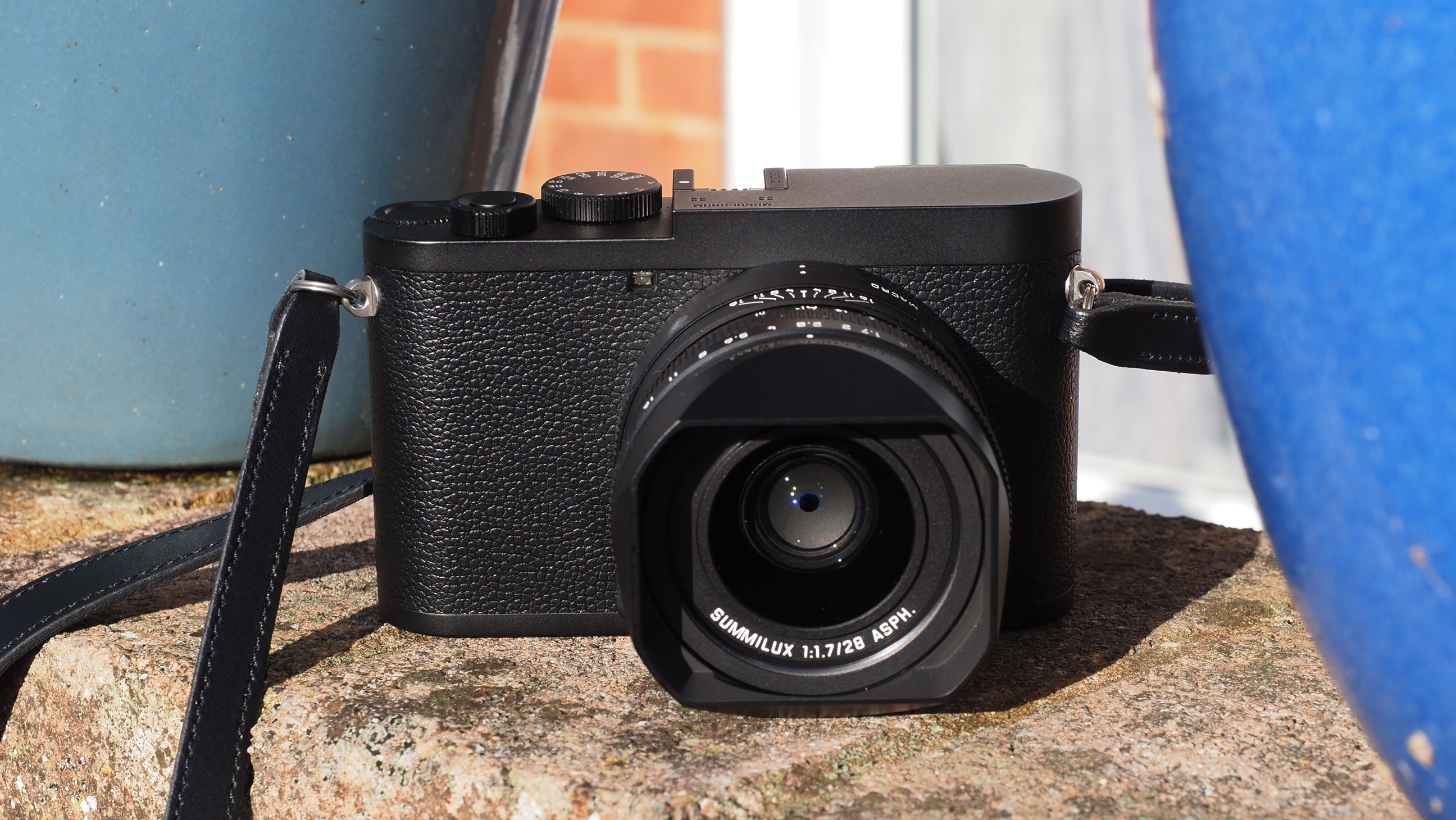The best full-frame compact cameras – portable powerhouses
Want something small but supercharged? The best full-frame compact cameras shed the size, but not the specs!
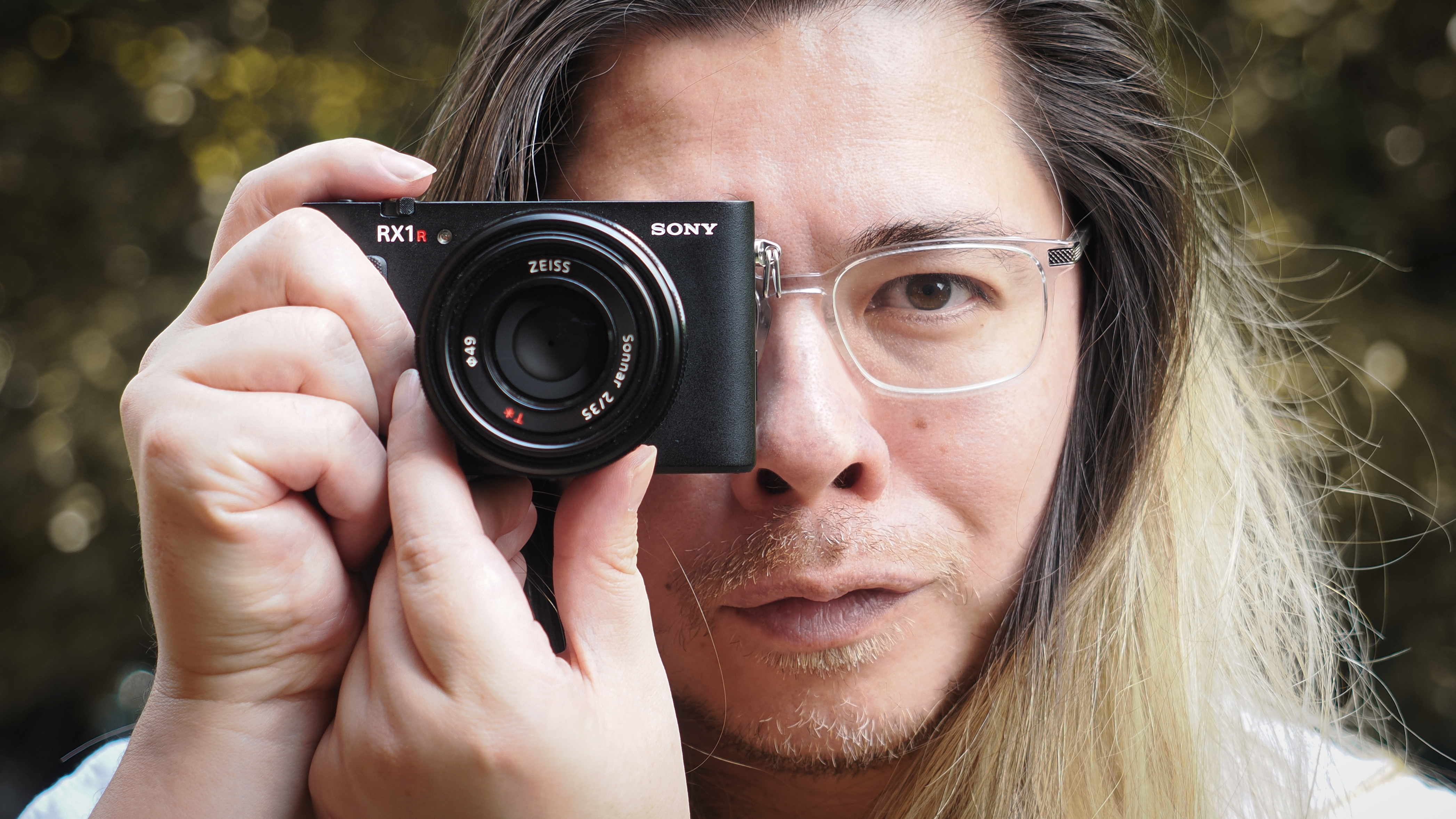
The best full-frame compact cameras are a pretty niche offering. Massively expensive, and sporting fixed prime lenses, these are cameras that are both overpowered for most casual photographers' needs, and not quite versatile enough for professional use. So, you might ask, who exactly are they for?
Full-frame compact cameras will suit those who shoot in a very particular style, and don't wish to compromise when it comes to image quality. Cameras like the Leica Q3 and Leica Q3 43 are absolutely exceptional for getting shots with that specific Leica look, in a specific focal length while the Sony RX1R III boasts full-frame quality while also being one of the smallest setups you can possibly get. Leica and Sony are the only real players in this space – as such, I've cheated a little, and included a medium-format alternative from Fujifilm.
For most people, the best compact cameras with smaller sensors or even the best waterproof cameras are going to be a better bet. However, if you are not most people, and you want an all-in-one camera that delivers the absolute pinnacle of perfection in terms of image quality, and you are prepared to pay for that, then these are the cameras for you.

For nearly two decades Sebastian's work has been published internationally. Originally specializing in Equestrianism, his visuals have been used by the leading names in the equestrian industry such as The Fédération Equestre Internationale (FEI), The Jockey Club, and Horse & Hound.
He spends his spare time using his trusted Leica M-E or Leica M2 shooting street photography or general life as he sees it, usually in black and white.
The Quick List

The Q3 ups the ante on the much-loved Q2 by providing a 60MP image sensor, a digital crop function and high-res 8K video capture. Read more below…
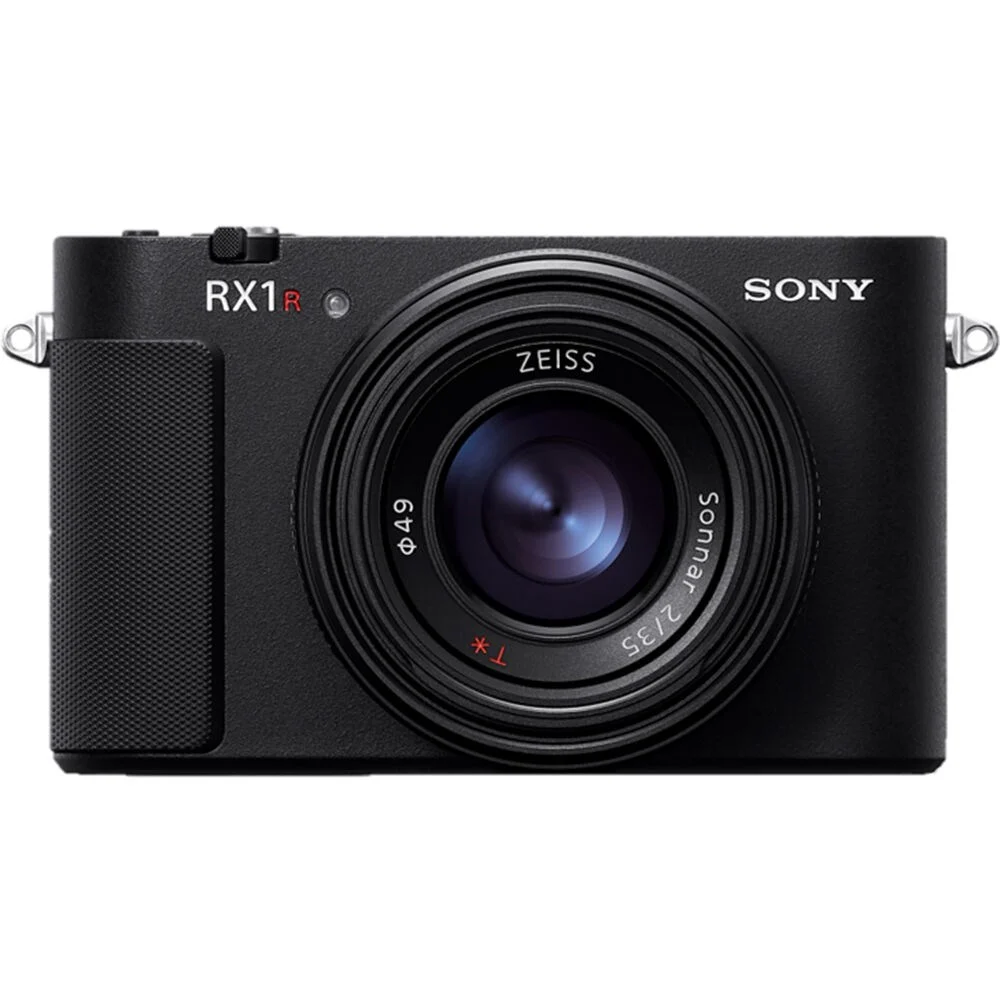
Sony reignited this category in 2025 with its RX1R III, a 61MP powerhouse that's even smaller than APS-C compacts! Read more below…

The latest Leica has a longer less-wide 43mm lens than any other in the Q range, and has a 60MP sensor.
Read more below…
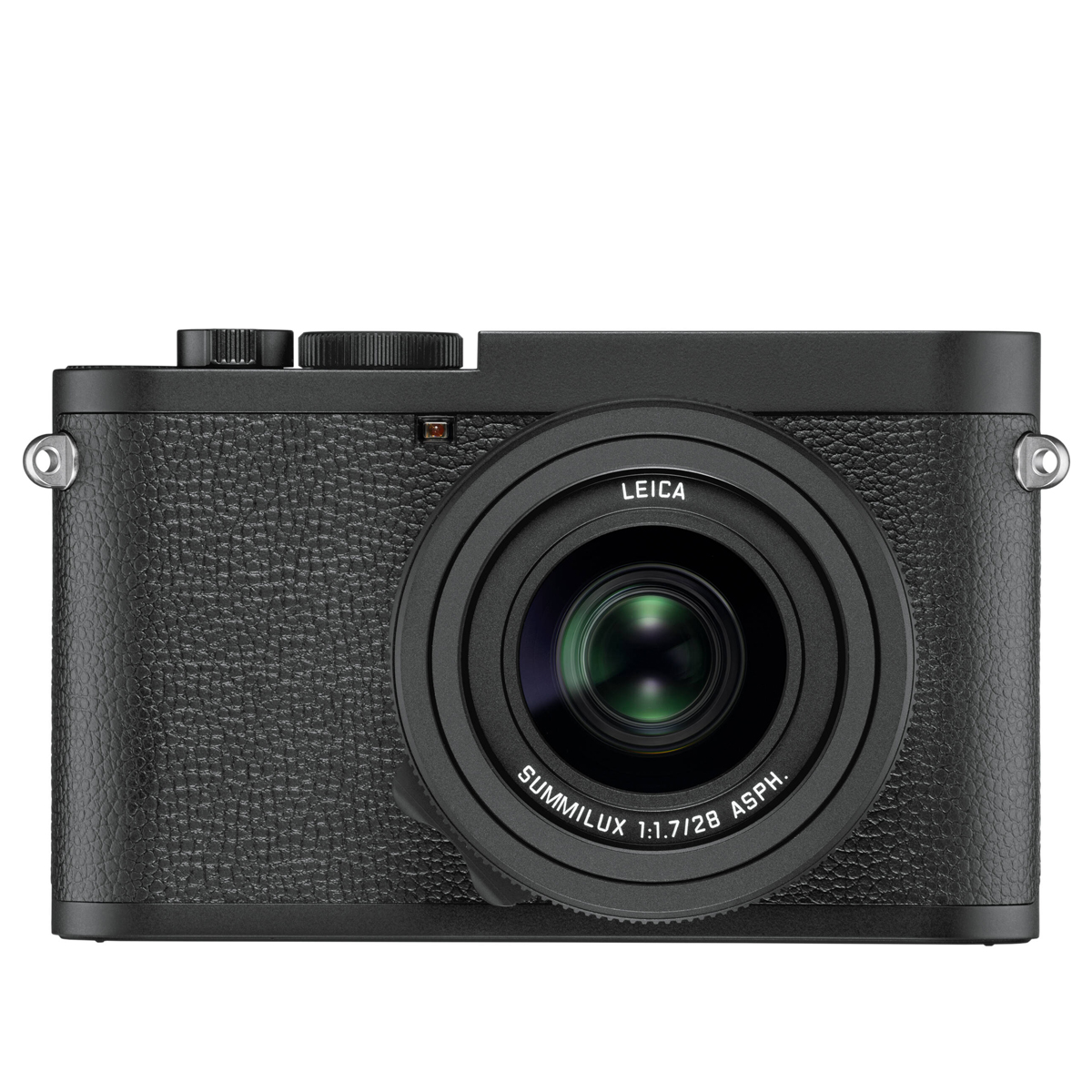
The Monochrom is a Q2 that shoots only in black and white – no color is recorded. But its monochrome images are remarkable, and until such time as Leica sees fit to come out with a Q3 Monochrom, it is your best option for a full-frame compact to use for black & white imagery. Read more below…
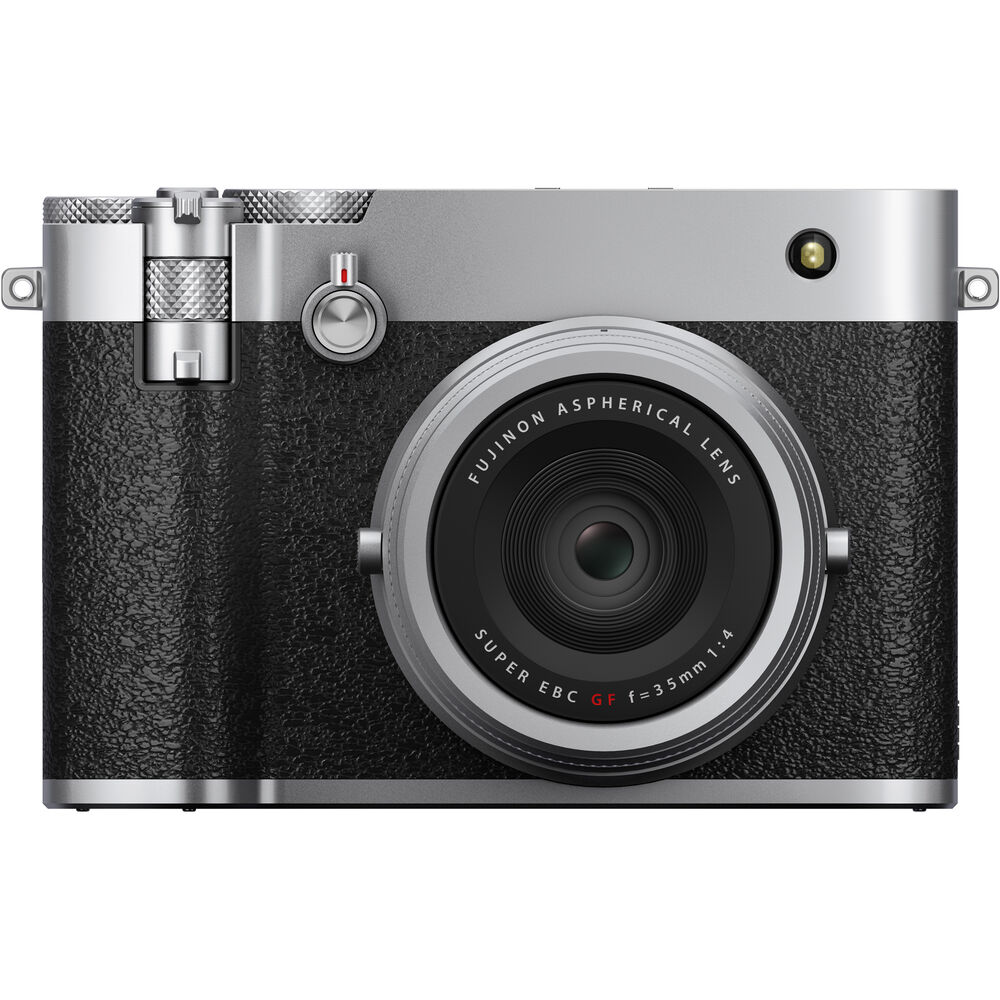
This one is slightly cheating, as the GFX100RF is a medium format compact – but anyone considering a full-frame compact would do well to see what it offers! Read more below…
Best full-frame compact cameras
Why you can trust Digital Camera World
Best full-frame compact camera overall
Specifications
Reasons to buy
Reasons to avoid
✅ High-res sensor: impressive 60MP sensor delivers breathtaking image quality.
✅ Excellent for street photography: The camera is highly recommended for the pleasure of walking around and shooting
❌ Image size reduction with digital zoom: Using the crop feature, you lose image size, which impacts the quality of the image.
❌ Poor animal detection: The animal detection technology is lacking, often misidentifying inanimate objects as animals during testing.
The Leica Q3 is one hell of a camera. The images from the 60MP sensor are breathtaking, with Leica processing effectively making every shot a keeper. While the lens is fixed at 28mm, Leica’s digital crop feature enables you to zoom in digitally at fixed levels; you lose image size as you ‘zoom’, but it does make the camera feel most versatile in the field,
The autofocus system is rapid and responsive for zone focusing, with accomplished human and eye detection technology. However, we found during testing that the animal detection technology was poor, seemingly identifying more inanimate objects than animals. That aside, I reckon the Leica Q3 might be the best camera you can buy for the pleasure of walking around and shooting, irrespective of its premium price.
Read more: Leica Q3 review
Smallest full-frame compact camera
Specifications
Reasons to buy
Reasons to avoid
✅ Supremely small: The smallest camera on this list, it's even smaller than APS-C compacts like the Fujifilm X100VI!
✅ Outstanding autofocus: The RX1R III also has the best autofocus of any camera here, thanks to Sony's sensational subject recognition.
❌ Fixed screen: The lack of tilting or articulation limits low-angle and spontaneous shooting.
❌ No sensor stabilization: It's a good thing the camera is small and able to hold tight, because it has no in-body image stabilization.
After a wait of almost a decade, the Sony RX1R III lit a fire under the butt of this category – providing a camera that's both updated in every way and that offers something drastically different to Leica's offerings.
Its greatest appeal – and greatest strength – is its size. Most full-frame compacts are "compact" in name only, with Leica's cameras being pretty chunky affairs. The RX1R III, however, is positively tiny. How small is the Sony RX1R III? It's smaller than most compact cameras, even with smaller sensors (including the Fujifilm X100VI). It's an absolute marvel of design, and by far the best suited to everyday and travel photography.
While its 35mm Zeiss Sonnar T* f/2 lens is the same one found in the previous model, the 61MP sensor inside the RX1R III takes a page from Leica's book and uses the resolution to offer additional digital focal lengths: 50mm (with 29.4MP resolution) and 70mm (15MP). The lens also has a macro setting, for shooting small and close-up subjects.
The autofocus is also a huge selling point, powered by Sony's stellar subject detection algorithms – addressing one of the key weak points of the RX1R II. While some will still prefer the tactility of manual focus, you can now safely trust the camera to recognize and track a whole host of subjects.
The downsides are the fixed rear screen and the lack of in-body image stabilization – the latter being a particular letdown for video shooting, although this really is a photo-first camera rather than a video device. Still, if size and responsiveness are your priorities, the RX1R III is the clear winner.
Read more: Sony RX1R III review
Full-frame compact camera with longest lens
Specifications
Reasons to buy
Reasons to avoid
✅ High-res sensor: Same impressive 60MP sensor as the Q3
✅ You want a longer lens: the 43mm lens is less wide-angle than the Q3's 28mm, which some will prefer for street and travel photography
❌ Handling: Uncomfortable to hold without additional grip (sold separately)
❌ Poor autofocus: The AF is outperformed by most other brands
The Leica Q3 43 breaks the mold of the Q series by offering a longer 43mm lens - that gives more of a standard angle of view than the others in the range. For some, this will be a more attractive option for general photography, and for use on the street. The sensor offers the same super-high 60-megapixel resolution of the Q3.
In our tests, we found that the less-wideangle view offered by this latest member of the Q family suited our photography better. And thanks to the 60-megapixel resolution and the crop modes you can use this camera successfully to take medium telephoto images - even with an effective 150mm. We still struggled with the ergonomics - as despite the beauty of the design, the camera doesn't offer a chunky-enough grip to hold comfortably.
See our full Leica Q3 43 review
Best full-frame compact for black-and-white
Specifications
Reasons to buy
Reasons to avoid
✅ Dedicated monochrome sensor: The Monochrom is designed exclusively for black-and-white photography
❌High price: The Q2 Monochrom comes with a significant price tag, which may seem steep for a camera that only shoots in black and white
❌ No color capability: may be limiting for those who prefer the versatility of shooting in both color and black and white.
The Leica Q2 Monochrom is basically the exact same camera as the original Leica Q2, with one crucial difference. Can you guess what it is? We bet you can.
That's right: the Leica Q2 Monochrom has no color filter array, and so is categorically incapable of capturing images in color. Black and white is all you get, and we'll be honest, shooting with this thing is a joy. It's a streamlined experience that gets you thinking about light and shade, while the combination of the Q2’s f/1.7 lens and impressive high-ISO performance means the camera performs like a dream in low light.
You could argue that a four-figure price tag is a bit much for a camera that shoots only in monochrome – but if you're going to argue that, you were never the target audience for this camera anyway. For those who have the resources and inclination to buy a Leica Q2 Monochrom, you absolutely will not be disappointed.
Read more: Leica Q2 Monochrom review
Best medium format compact camera
Specifications
Reasons to buy
Reasons to avoid
✅ Medium format sensor: The 102MP sensor offers outstanding resolution and unmatched image quality.
✅ Film Simulations: Fujifilm's much-loved film sims enable you to pre-produce your images and get fantastic, characterful shots straight out of camera.
❌ Slow lens: The 35mm lens (a 28mm equivalent) is only f/4, keeping the size down but also limiting shutter speeds and shallow depth of field.
❌ No in-body stabilization: The lack of IBIS, coupled with the slow lens, does have an impact on the stills and video you can take.
Yes, I know it's not a full-frame compact – but anyone thinking about one of Sony or Leica's options should also consider Fujifilm's amazing medium format compact camera.
The GFX100RF ups the ante with a massive medium format sensor – yet somehow squeezes it into a frame that's only marginally bigger than the APS-C X100VI!
So if you're really all about image quality, the 102MP sensor will be manna from heaven – and with all that resolution, you can take advantage of both digital lens crops (all the way to 80mm, with 17MP files) and aspect ratios (including the beloved Xpan format).
You also get the benefit of Fujifilm's coveted film simulations, enabling you to pre-produce your photos and videos with stunning analog looks straight out of camera.
The downside of the camera is the tag team of a slow f/4 aperture and lack of in-body image stabilization – which has a knock-on effect of limiting your exposure choices and minimizing the shallowness of the depth of field from the sensor.
Read more: Fujifilm GFX100RF review
How to choose the best full-frame compact camera
When you're looking at full-frame compact cameras, you have only a few choices. This is a premium format of camera, that nowadays is considered quite a niche hobbyist pick – and as such, you are going to be paying a lot for the privilege. The cheapest option to buy new on our list, incredibly, is the $5,098 Sony RX1R III. These are, quite simply, not cheap cameras.
Since they are mostly clustered around a similar high price – and frankly, you're not buying one of these if budget is a big concern – it's worth looking at the individual features and strengths of the few options available to you. Are you looking for a premium photographic experience with high-qualtiy engineering? If so, then look at one of the Leicas, whether that's the Q3 and its 28mm lens, the Q3 43 with its narrower standard lens, or the Q2 Monochrom for black & white goodness.
If, however, your preference is for something slimline and portable, then the Sony RX1R III is going to be your best bet. It's absolutely tiny – smaller than basically any body-and-lens combination, except for Micro Four Thirds.
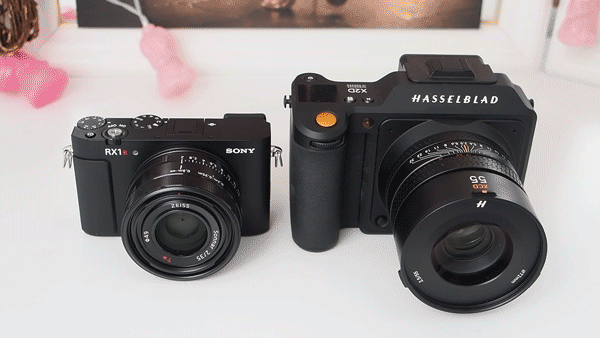
Alternatively, if the reason you're looking at full-frame is that you want to maximise sensor detail and produce absolutely lush images, then perhaps you want to upgrade beyond full-frame and go for the sublime medium-format Fujifilm GFX100RF. Yes, it's expensive – but not meaningfully more so than the full-frame cameras on this list. You lose a little flexibility, with a narrower maximum aperture on the lens and a less snappy autofocus system. But the quality of images produced by this thing simply have to be seen to be believed.
How we test cameras
We test cameras both in real-world shooting scenarios and in carefully controlled lab conditions. Our lab tests measure resolution, dynamic range and signal to noise ratio. Resolution is measured using ISO resolution charts, dynamic range is measured using DxO Analyzer test equipment and DxO Analyzer is also used for noise analysis across the camera's ISO range. We use both real-world testing and lab results to inform our comments in buying guides.
Find out more about how we test and review on Digital Camera World
FAQs
What makes a full-frame compact camera different from other cameras?
Compact camera is the catch-all term for any camera with a small lens that is fixed to the body – in other words, you can’t swap the lens like you can with a DSLR or mirrorless system camera. The lens’s focal length is typically relatively short.
A select few compact cameras also have full-frame image sensors, which are larger than the APS-C or smaller sensors in most compacts.
This distinctive combination gives you the convenience of a fixed-lens camera, where you feel free to just pick up and shoot, with the image quality of a high-end interchangeable-lens camera.
Which types of photography are full-frame compacts suited to?
The relatively short focal length of their lenses makes full-frame compacts appropriate for a wide variety of photo genres, but particularly the spontaneous styles of street photography and and reportage. Their wide fields of view and wide apertures also suit the needs of many videographers.
Is there a full-frame compact camera with a zoom lens?
Currently, there isn't a full-frame compact camera with a zoom lens on the market – all of the cameras on this list have prime lenses with fixed focal lengths. However, you do have a sort of zoom at your disposal, as the majority of these cameras have such high sensor resolutions that they offer modes that essentially give you a digital zoom by cropping into the image. The Leica Q3 43, for instance, can simulate a 150mm telephoto lens by cropping so far into the image that it gives you a 7MP file – which may sound small, but is still useable in a lot of contexts (it's good enough for sharing online, for instance).
The best camera deals, reviews, product advice, and unmissable photography news, direct to your inbox!

For nearly two decades Sebastian's work has been published internationally. Originally specializing in Equestrianism, his visuals have been used by the leading names in the equestrian industry such as The Fédération Equestre Internationale (FEI), The Jockey Club, Horse & Hound, and many more for various advertising campaigns, books, and pre/post-event highlights.
He is a Fellow of the Royal Society of Arts, holds a Foundation Degree in Equitation Science, and holds a Master of Arts in Publishing. He is a member of Nikon NPS and has been a Nikon user since his film days using a Nikon F5. He saw the digital transition with Nikon's D series cameras and is still, to this day, the youngest member to be elected into BEWA, the British Equestrian Writers' Association.
He is familiar with and shows great interest in 35mm, medium, and large-format photography, using products by Leica, Phase One, Hasselblad, Alpa, and Sinar. Sebastian has also used many cinema cameras from Sony, RED, ARRI, and everything in between. He now spends his spare time using his trusted Leica M-E or Leica M2, shooting Street/Documentary photography as he sees it, usually in Black and White.
- James ArtaiusEditor in Chief
